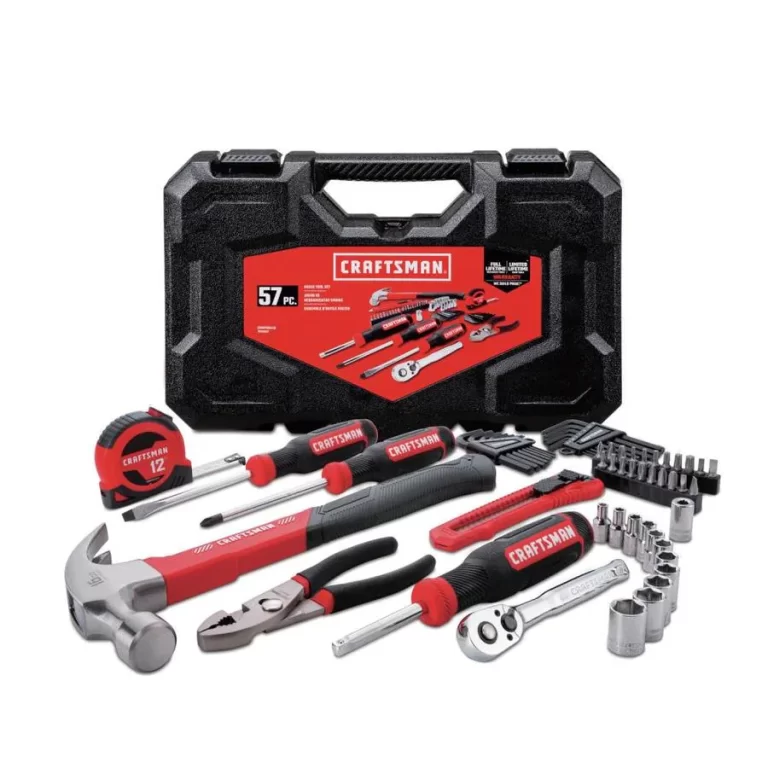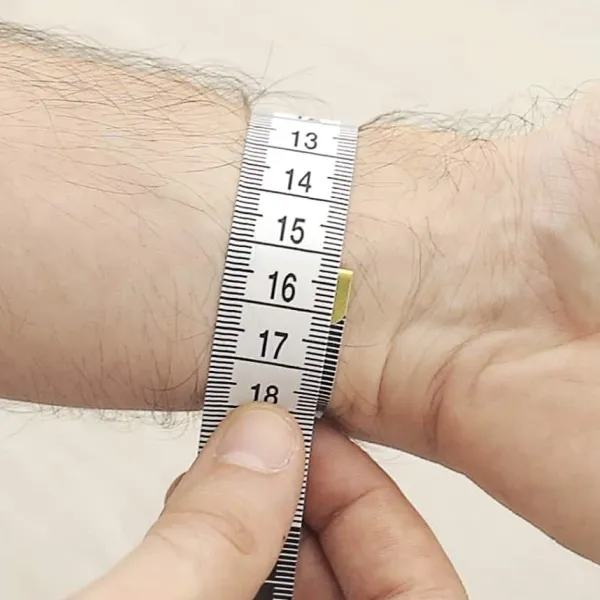
Tape Measure Description: Features, Types, and Uses Explained
A tape measure description is essential for anyone involved in construction, DIY projects, or everyday tasks that require precise measurements. Understanding the various types, features, and uses of tape measures can significantly enhance your efficiency and accuracy. In this detailed guide, we will delve into the intricacies of tape measures, exploring their components, types, and how to choose the right one for your needs. Whether you are a professional builder or a home improvement hobbyist, this article will provide you with all the information you need about tape measures.
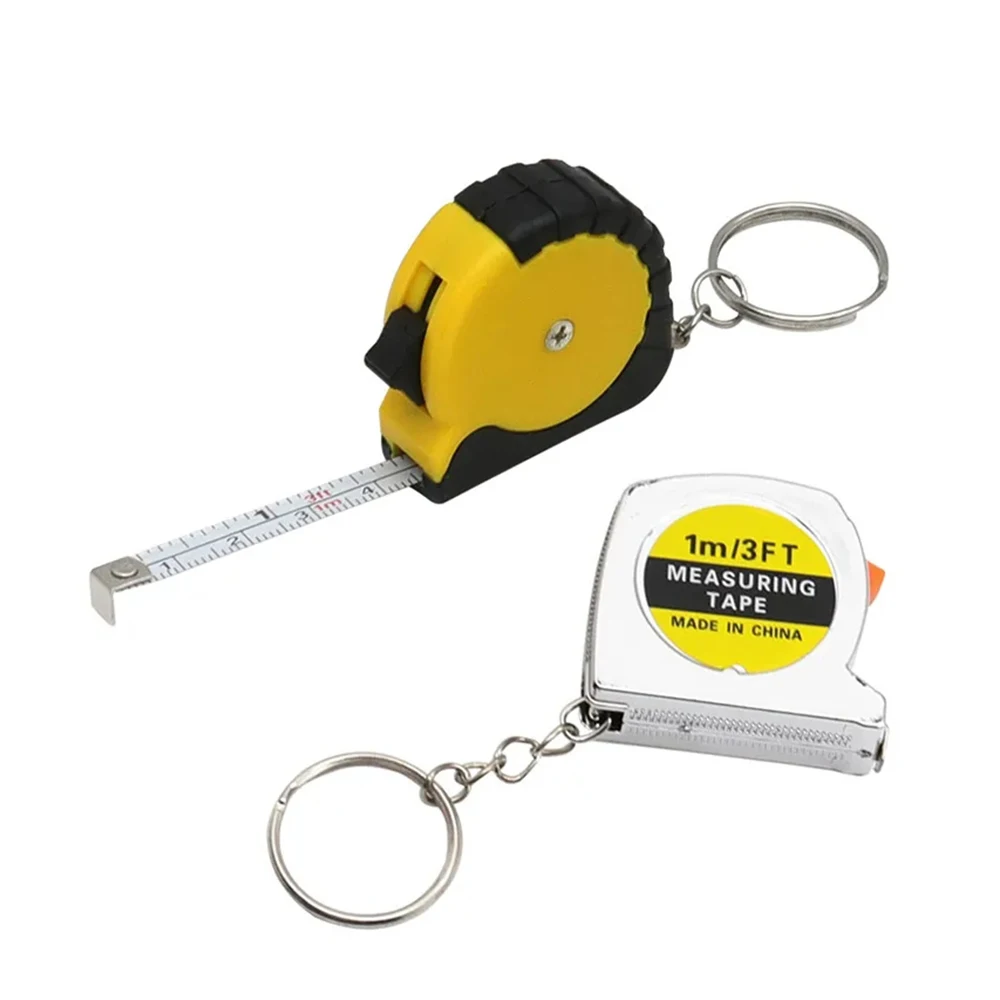 Understanding the Basics of a Tape Measure
Understanding the Basics of a Tape Measure
Before diving into the specifics, it’s important to grasp the fundamental aspects of a tape measure. A tape measure is a flexible ruler used to measure size or distance. It typically consists of a retractable metal or fiberglass ribbon marked with linear measurement units, such as inches and centimeters.
Key Components of a Tape Measure
A standard tape measure includes several key components that contribute to its functionality:
- Blade: The main body of the tape, usually made of steel or fiberglass, marked with measurement units.
- Case: The protective housing that encases the blade, often made of plastic or metal.
- Lock Mechanism: A feature that allows the blade to be locked in place, enabling accurate measurements without the tape retracting.
- End Hook: The metal or plastic tip at the end of the tape, designed to latch onto edges for precise measurements.
- Belt Clip: A loop or clip that attaches the tape measure to a belt or pocket for easy access.
Understanding these components is crucial when reading a tape measure description, as each part plays a role in the tool’s overall performance and suitability for specific tasks.
Types of Tape Measures
Tape measures come in various types, each designed for different applications. Here are the most common types you might encounter:
Metric and Imperial Tape Measures
Most tape measures feature both metric (centimeters and meters) and imperial (inches and feet) units. This dual-marking allows users to switch seamlessly between measurement systems, making the tool versatile for both metric and imperial projects.
Fiberglass vs. Steel Tape Measures
- Fiberglass Tape Measures: These are lightweight and resistant to bending. They are ideal for roofing and framing work as they can withstand harsh conditions.
- Steel Tape Measures: Known for their durability, steel tapes are less likely to stretch or break. They are suitable for heavy-duty tasks where precision is paramount.
Self-Locking vs. Non-Locking Tape Measures
- Self-Locking Tape Measures: These come with an automatic lock mechanism that holds the tape in place once extended. This feature is beneficial for one-person operations, allowing for hands-free measurements.
- Non-Locking Tape Measures: These require manual locking and are generally simpler in design. They are suitable for basic tasks where locking is not a frequent necessity.
Magnetic Tape Measures
Magnetic tape measures have magnets integrated into the end hook or the tape itself. This feature allows the tape to adhere to metal surfaces, making it easier to take measurements in tight or hard-to-reach areas.
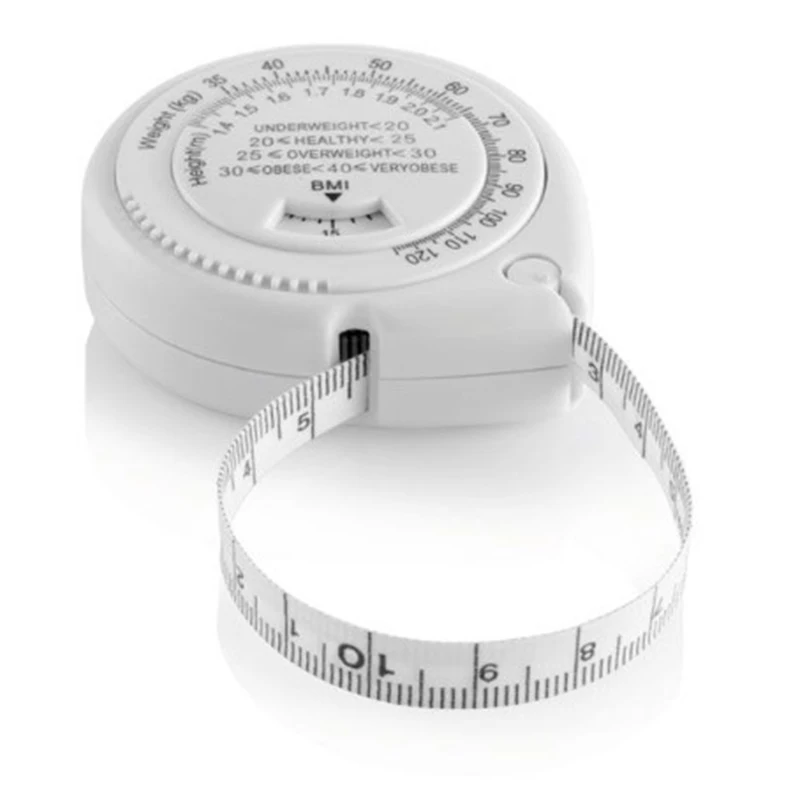 Features to Consider in a Tape Measure Description
Features to Consider in a Tape Measure Description
When examining a tape measure description, several features can determine its suitability for your tasks. Here are the key features to consider:
Length of the Tape
Tape measures come in various lengths, typically ranging from 12 feet to 100 feet. Choose a length based on the scope of your projects. For household use, a 25-foot tape measure is usually sufficient, while construction projects may require longer lengths.
Blade Construction and Durability
The blade’s material affects its durability and flexibility. Steel blades are more durable and less prone to wear, whereas fiberglass blades are lighter and more flexible. Consider the environment in which you’ll be using the tape measure to select the most appropriate material.
Measurement Increments
The clarity of measurement markings is vital for accuracy. High-quality tape measures have clear, laser-etched lines that are easy to read. Ensure that the increments (e.g., 1/16-inch) are finely marked for precise measurements.
Ergonomic Design
An ergonomic case design ensures comfort during extended use. Features such as a non-slip grip and a balanced weight distribution can reduce fatigue and improve handling.
Retraction Mechanism
The efficiency of the retraction mechanism affects how quickly and smoothly the tape retracts. High-quality tape measures use strong springs and smooth-sealing mechanisms to prevent the tape from tangling or getting stuck.
Anti-Rust Coating
Tape measures used in outdoor or humid environments should have an anti-rust coating to prevent corrosion. This feature extends the lifespan of the tape measure and maintains its accuracy over time.
How to Choose the Right Tape Measure for Your Needs
Selecting the perfect tape measure involves assessing your specific requirements and understanding the features that align with those needs. Follow these steps to choose the right tape measure:
Assess Your Measurement Needs
Determine the types of projects you undertake most frequently. For large-scale construction, opt for longer tapes with rugged construction. For indoor tasks, a shorter, more flexible tape might be sufficient.
Consider the Material and Durability
Evaluate the environments in which you will use the tape measure. If you work outdoors or in rough conditions, a steel or fiberglass tape with an anti-rust coating is ideal. For lighter indoor use, a standard steel tape should suffice.
Evaluate the Features
Look for features that enhance usability and accuracy, such as a self-locking mechanism, a hanger to keep the tape in place, and clear, easy-to-read markings. Additional features like a magnetic end hook can also be beneficial.
Check for Warranty and Brand Reputation
Choosing a tape measure from a reputable brand can ensure quality and durability. Additionally, a good warranty provides peace of mind and protection against defects.
Budget Considerations
While high-end tape measures offer superior features and durability, there are also affordable options that provide adequate performance for basic tasks. Balance your budget with the features you need to find the best value.
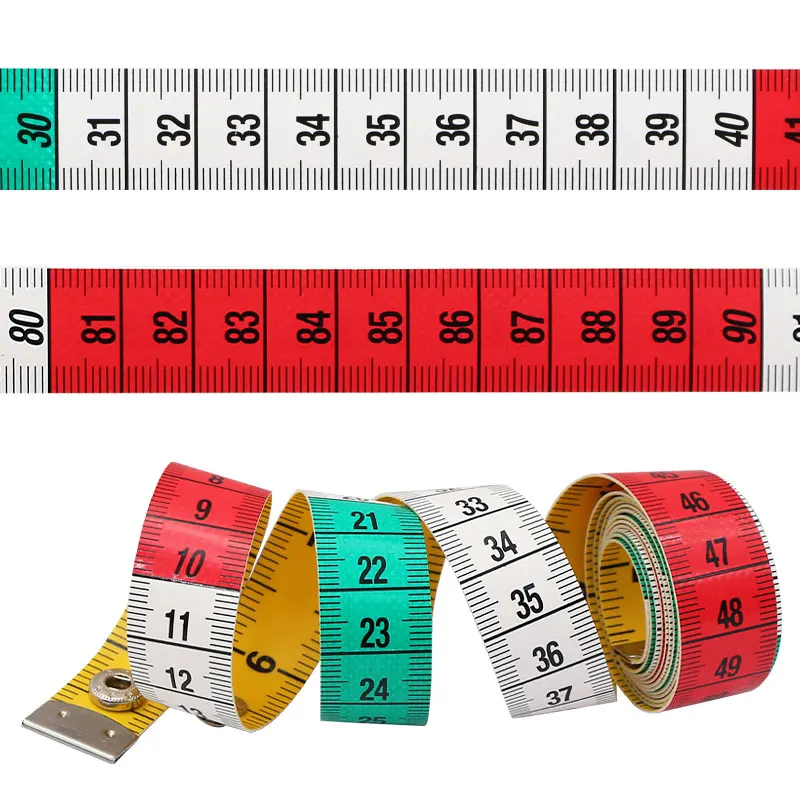 Common Uses of Tape Measures
Common Uses of Tape Measures
Tape measures are versatile tools used in various applications. Here are some common uses:
Construction and Carpentry
In construction and carpentry, tape measures are indispensable for measuring dimensions, marking cut lines, and ensuring precise fit of materials. Accurate measurements are crucial for structural integrity and aesthetic appeal.
Home Improvement Projects
From hanging pictures to installing shelves, tape measures help in determining the right placement and spacing. They are also used for measuring spaces to purchase the correct size of furniture or appliances.
Sewing and Tailoring
Although less common, tape measures are essential in sewing and tailoring for measuring fabric and body dimensions to create well-fitting garments.
Engineering and Manufacturing
In engineering and manufacturing, precise measurements are critical. Tape measures are used to measure components, layout designs, and ensure parts fit together correctly.
Landscaping and Gardening
Landscape designers and gardeners use tape measures to plan layouts, plant spacing, and garden features. Accurate measurements help in creating balanced and aesthetically pleasing outdoor spaces.
Innovative Features in Modern Tape Measures
Advancements in technology have introduced several innovative features in modern tape measures, enhancing their functionality and ease of use.
Digital Tape Measures
Digital tape measures incorporate electronic displays and sensors to provide precise measurements. They can store measurements, switch between units with a button press, and even connect to smartphones for data transfer.
Laser Tape Measures
Laser tape measures use laser beams to calculate distances, offering high accuracy without the need to extend the tape physically. They are particularly useful for measuring long distances quickly and easily.
Bluetooth-Enabled Tape Measures
Bluetooth-enabled tape measures can sync with mobile devices, allowing users to save measurements digitally. This feature is beneficial for complex projects where multiple measurements need to be recorded and referenced.
Built-In Levels and Thermometers
Some tape measures come with built-in levels to ensure measurements are taken on a horizontal or vertical plane. Others include thermometers to monitor the temperature of the environment, which can affect material dimensions.
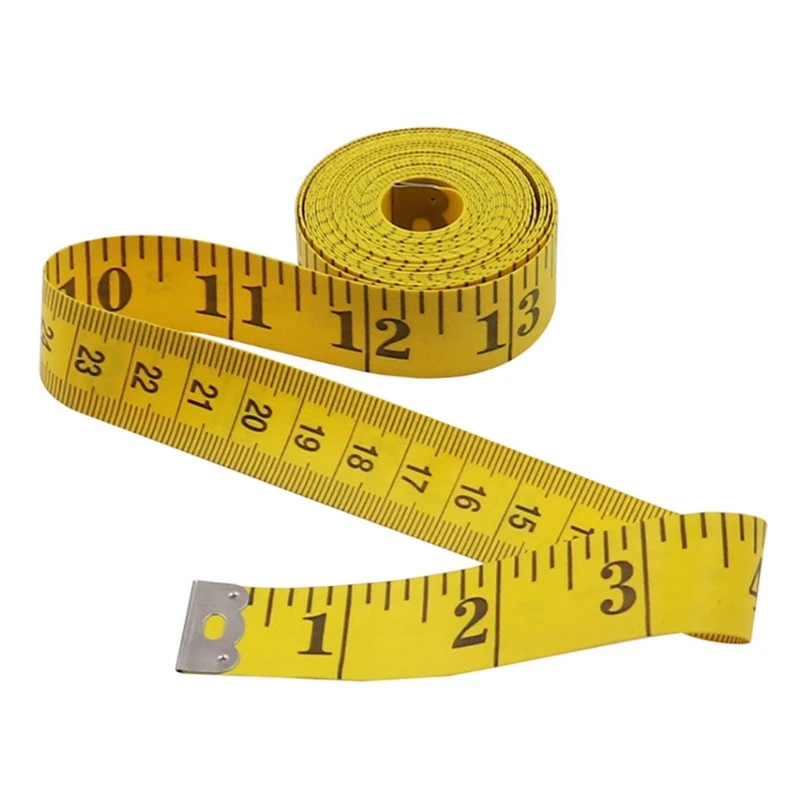 Maintenance Tips for Your Tape Measure
Maintenance Tips for Your Tape Measure
Proper maintenance ensures the longevity and accuracy of your tape measure. Here are some tips to keep your tape measure in top condition:
Clean After Use
Wipe the blade and case with a dry cloth after each use to remove dirt and debris. This prevents corrosion and keeps the tape measure functioning smoothly.
Store Properly
Store the tape measure in a dry, cool place to avoid moisture-induced rusting. Using a protective case or sleeve can also prevent damage from drops or impacts.
Regular Inspection
Regularly inspect the tape measure for signs of wear, such as frayed blades or loose locks. Addressing these issues early can prevent further damage and ensure accurate measurements.
Avoid Overextending
Do not extend the tape measure beyond its marked length, as this can cause the blade to bend or snap. Always retract the tape fully after use to maintain its integrity.
Lubricate the Blade
Occasionally lubricate the blade with a light oil to ensure smooth retraction and prevent rusting. This maintains the flexibility and durability of the tape measure.
Advantages of Using a Tape Measure
Tape measures offer numerous advantages that make them indispensable tools across various fields. Here are some key benefits:
Portability
Tape measures are lightweight and compact, making them easy to carry around. Whether you are working on a large construction site or a small home project, a tape measure can be conveniently transported.
Versatility
With different types and features available, tape measures can handle a wide range of measurements and applications. From simple household tasks to complex engineering projects, they provide the necessary precision.
Accuracy
High-quality tape measures offer precise measurements, which are crucial for ensuring the success of any project. Accurate measurements lead to better results and reduce the risk of errors.
Ease of Use
Tape measures are user-friendly, with straightforward markings and mechanisms. Features like self-locking and easy-to-read scales enhance their usability, even for beginners.
Cost-Effective
Tape measures are relatively inexpensive compared to other measuring tools, making them accessible to a wide range of users. They offer great value for the functionality they provide.
 Final Thoughts: Tape Measure Description
Final Thoughts: Tape Measure Description
Choosing the right tape measure involves more than just picking the first one you see. By understanding the various types, features, and uses detailed in a tape measure description, you can select a tool that enhances your efficiency and accuracy. Whether you are a professional builder or a DIY enthusiast, the right tape measure will support your projects, ensuring precise measurements and successful outcomes. Invest time in selecting a high-quality tape measure, and it will serve you well for years to come, becoming an indispensable part of your toolkit.
